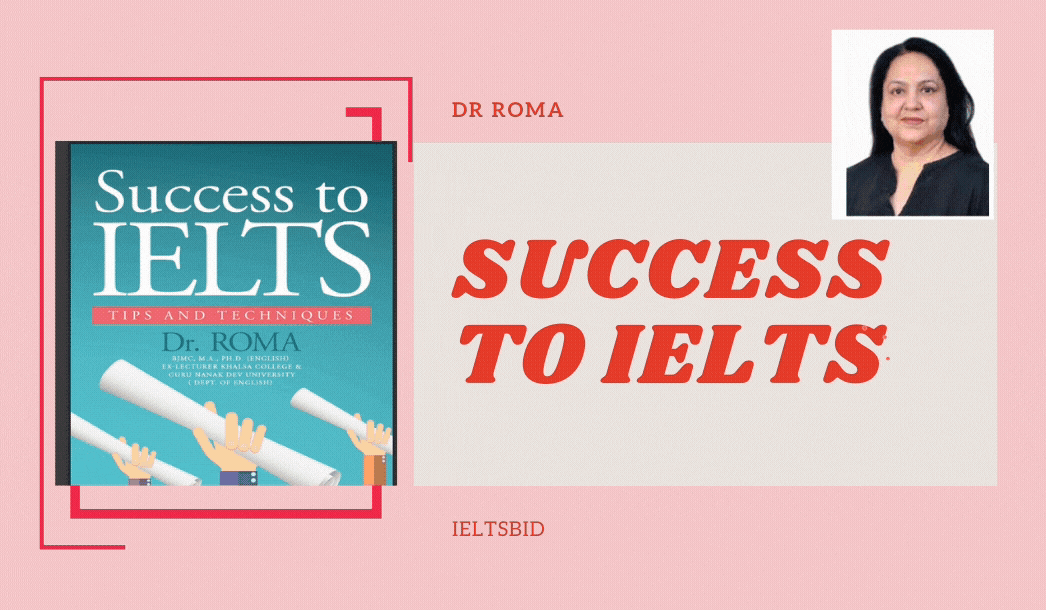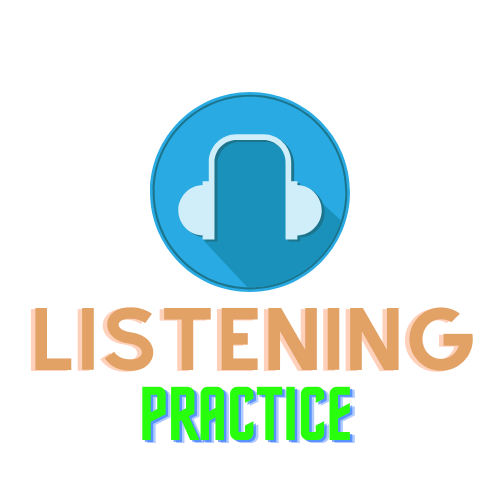Introduction to the IELTS.
Hello guys, if you are new to IELTS and have no knowledge regarding the IELTS exam then read this post carefully to know each and everything about the IELTS.
The full name of the IELTS exam is an International English language testing system. IELTS is one of the leading English language tests. This test is a Standardised test of the English language knowledge for non-English speakers. Cambridge Assessment English established this exam in 1980, and today it is collectively managed by the British Council, IELTS Australia(IDP) and the Cambridge Assessment English.
With the help of this test, students get admissions in significant colleges and universities in Australia, Canada, New Zealand, USA and colleges of other nations.
Surprisingly, there is no minimum score required to pass the IELTS exam. Ratings are given in bands from 0 to 9, and each institute has a different threshold to enroll students.
History of the IELTS exam.
As I have mentioned earlier, Cambridge Assessment English and British Council started this test in 1980. But So far, this exam has been redesigned and reconducted many times. Let’s discuss this.
In the beginning, the name of this test was The English Language Testing Service. Then, this test was limited to a few regions, and the test-takers were very few. After nine years in 1989, to get an international partnership, the IELTS revision project was set up, and then the international development program of Australian universities and colleges (IDP) joined
British Council and Cambridge Assessment English. After this international partnership, the name of this test was changed to the International English language testing system.
This test was revised one time more after six years in 1995, and then this test was divided into two categories.
- General training
- Academic
IELTS TEST STRUCTURES:
So, After the division of the IELTS exam into two categories, the exam pattern was also divided. Let’s discuss the design and purpose of the Academic and General Training module.
There is also an additional test of IELTS called IELTS life skills.
IELTS Academic: This exam is for students who want to take admissions in universities and colleges for tertiary education and another level of education. The IELTS Academic test is for those who wish to migrate English speaking countries to study.
General training: This is for those people who want to migrate to another country to gain work experience or training.
There are four modules in both exams that are mentioned below.
- Reading
- Writing
- Listening
- Speaking
The entire time of the examination is 2 hours, 45 minutes. Students have to complete a reading test in 60 minutes, listening in 30 minutes (an additional 10 minutes for transfer answers), writing also in 60 minutes.
Above mentioned, three modules are completed in one sitting, and the speaking test is taken according to the provided data, and it lasts for 11 to 14 minutes.
Reading:
In the reading test, the students will be given 60 minutes to complete. The reading test includes three reading passages. Each passage contains a variety of questions and students have to find answers by reading the passages.
Listening:
The listening test is for testing the listening and understanding capability of students. This test has four sections and students have to complete this test in 30 minutes. Students will be given 10 minutes extra to transfer their answers on the answer sheet.
Students have to answer different types of questions by listening to audio.
- Section one includes a conversation between two people
- Section two has one person speaking
- Part three also includes Conversation between two people, but it is about education or training situations
- Chapter four contains one person talking about an academic subject.
Writing:
IELTS writing module has two subsections that are mentioned below.
- Writing task 1 ( 20 minutes)
- Writing task 2 ( 40 minutes)
In the writing task one, students have to write more than 150 words in 20 minutes.
In the writing task two, students have to write more than 250 words in 40 minutes.
If the students write fewer words, make grammar mistakes and write unrelated to the topic, then the examiner will penalize the students by deducting band scores.
Speaking:
This test is different from all other criteria. Speaking test is a face to face interview between the test taker and the examiner. There are three sections in the speaking module.
- Section one: In the first section, the examiner will take your introduction. Examiners will ask the test taker about their name, home, study, hobbies, town, etc.
- Section two: Examiner will give you a topic with states of points with paper and pen. A test taker has one minute to think and prepare the item and have to speak for 2 minutes.
- Section three: this is a general discussion between the examiner and the test-taker on the question related to the topics, which they have already discussed in the interview.
SCORING
There is no pass or fail. IELTS is scored on a nine-band scale. The nine bands are described as follows:
| Band 9 | -Professional user of the English language |
| Band 8- | Excellent user |
| Band 7- | Good user |
| Band 6- | Capable user |
| Band 5- | -Modest user |
| Band 4- | Limited user |
| Band 3- | Minimal user |
| Band 2- | Intermittent user |
| Band 1- | Non-user |






